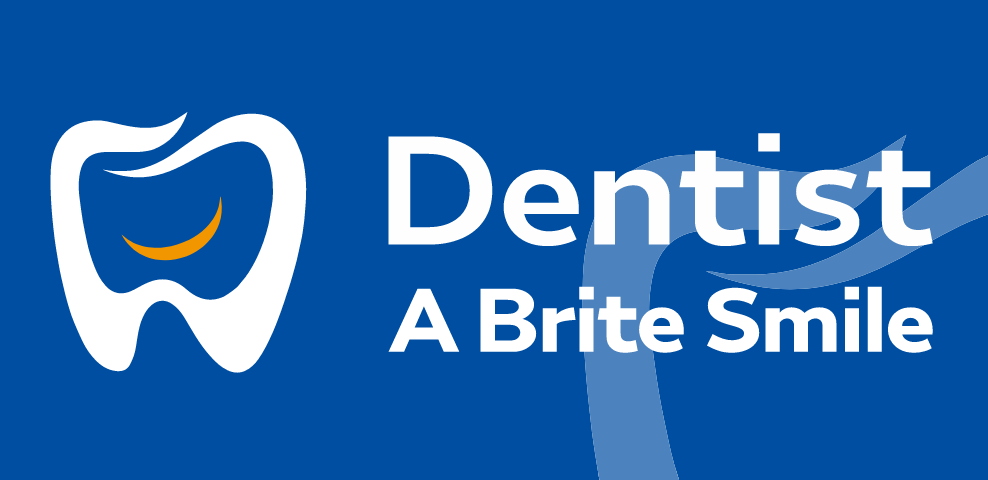Oral Surgeries
Overview
Cosmetic Dentistry
Gum Recession
Root Canal Treatment
Oral Surgeries
Periodontal Therapy
Implants
Children Dentistry
Crowns and Bridges
preventative dentistry
Any Questions
03 9874 0000
Overview
Cosmetic Dentistry
Your smile is your most personal and expressive feature, and your most valuable one. Cosmetic Dentistry encompasses many areas of dental care and in order to help you achieve the smile you have always desired you may require a Dental Plan that incorporates a number of solutions to achieve your overall outcome.
Root Canal Treatment
Root Canal Treatment involves the saving of a tooth that is decayed and otherwise would die and have to be removed. In order to save the tooth, the pulp (the living tissue inside the tooth), nerves, bacteria, and any decay are removed and the resulting space is filled with special, medicated, dental materials, which restore the tooth to its full function.
Oral Surgeries
Oral surgeries also treat all of your wisdom teeth problems as well as the malocclusion issues, like having a serious under bite, over bite, or open bite. Thus, it allows you to smile again with confidence. Oral surgeries can effectively treat your teeth decay, infection, and periodontal diseases suffered in a partially affected tooth.
Periodontal Therapy
Periodontal therapy methods depend upon the type and severity of the disease. Your dentist and dental hygienist will evaluate for periodontal disease and recommend the appropriate treatment. Periodontal disease progresses as the sulcus (pocket or space) between the tooth and gums gets filled with bacteria, plaque, and tartar, causing irritation to the surrounding tissues.
Implants
Dental Implants are artificial teeth that are used in place of teeth that never developed, are lost, or extracted. While some would categorise it as cosmetic dentistry, it also has its role in restoration and therapeutic dentistry. Dental implants are a great way to replace missing teeth and also provide a fixed solution to having removable partial or complete dentures.
Children Dentistry
Children’s teeth begin forming before birth. As early as 4 months, the first primary, or baby teeth, erupt through the gums. All 20 of the primary teeth usually appear by age 3, although their pace and order of eruption varies.
Restorative Dentistry
It’s great news that the incidence of tooth decay has significantly diminished over the years due to the use of fluorides and an increase in patient awareness. However, teeth are still susceptible to decay, infection, and breakage and sometimes need to be restored back to health. Through improved techniques and modern technology, we are now able to offer more options for restoring a tooth back to its normal shape, appearance and function.
Digital Radiography
Digital radiography (digital x-ray) is the latest technology used to take dental x-rays. This technique uses an electronic sensor (instead of x-ray film) that captures and stores the digital image on a computer. This image can be instantly viewed and enlarged helping the dentist and dental hygienist detect problems easier.
Dentures
A denture is a removable replacement for missing teeth and adjacent tissues. It may be made of acrylic resin or a combination with various metals. Complete dentures replace all the teeth, while a partial denture fills in the spaces created by missing teeth and prevents other teeth from changing position.
Orthodontics (Braces)
Reasons for orthodontic treatment (braces) adults & children:
- Breathing or swallowing problems – Mouth breathing can lead to snoring and sleep apnoea
- Crossbite – One or more upper teeth bite inside the lower teeth (towards the tongue)
- Crowding – Involving extra teeth or mal-positioned teeth
- Deep Overbite – The lower front teeth bite into the upper tissue of the upper teeth
CEREC
Using the most advanced dental technology we can develop Porcelain fillings, veneers and crowns that are computer generated and fitted with precision and accuracy. Typically this involves a single appointment – this means no messy temporary that can come off. We eliminate inconvenience and the process is minimally invasive.
Crowns and Bridges
A crown – sometimes referred to as a cap – is a covering that encases the entire tooth surface restoring it to its original shape and size. Although there are several types of crowns, porcelain (tooth coloured crown) are the most popular, because they resemble your natural teeth. Porcelain crowns are made to match the shape, size, and colour or your teeth giving you a natural, long-lasting beautiful smile.
Porcelain Veneers
Veneers are very thin pieces of durable, tooth shaped porcelain that are custom made (for shape and colour) through your dentist. They are bonded onto the front of teeth to create a beautiful and attractive smile. They function and look just like your normal tooth enamel. Veneers can completely reshape your teeth and smile. They can often be alternatives to crowns and the ideal solution in treating many dental conditions.
Sedation Dentistry
Sedation dentistry allows you to be sedated just enough to be pain free and unaware of the treatment, as if you were relaxing. That is why it is normally referred to as conscious sedation dentistry. So if you have sensitive teeth, a fear of dentists, have a bad gag reflex, hate needles, or have limited time to spend on dental care at the dentist, Sedation during dentistry procedures can help you.
Preventative Dentistry
Preventive dental care involves the prevention, diagnosis and treatment of a wide variety of conditions, disorders and diseases affecting the teeth, gums and jaws.
Complete dental examination and diagnosis: Oral examination is a complete visual inspection of the oral cavity, with any necessary X-rays complete exam will be done under magnification to know the condition of teeth, gums and underlying bone.

